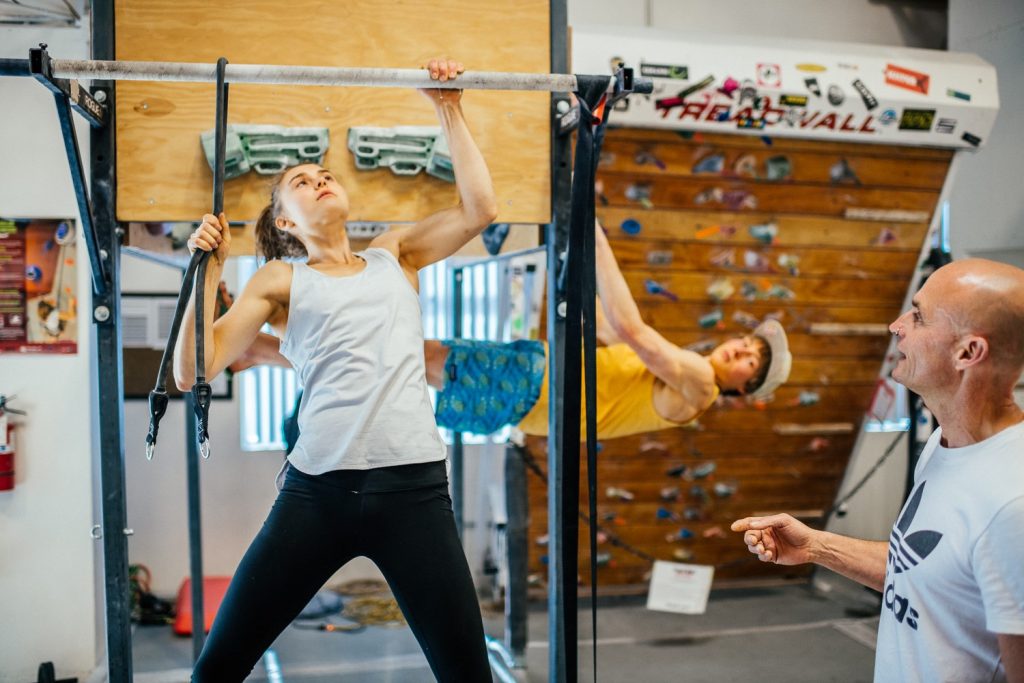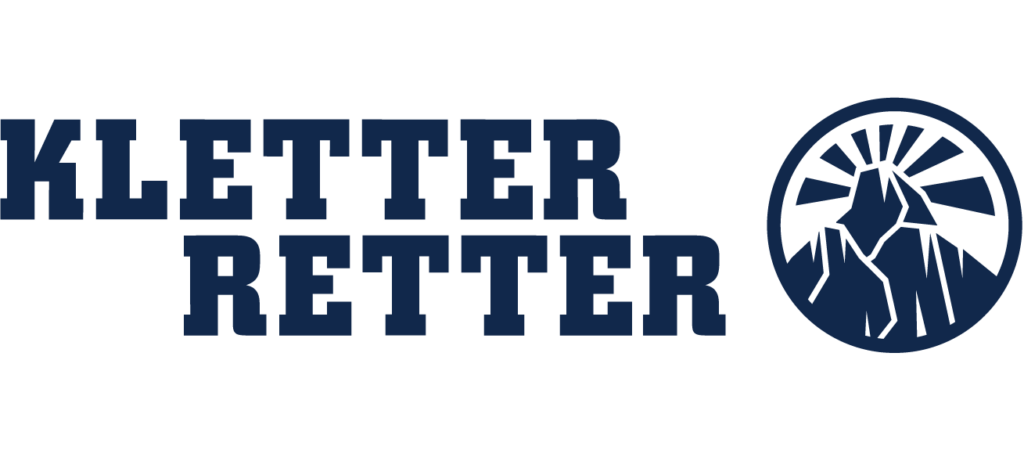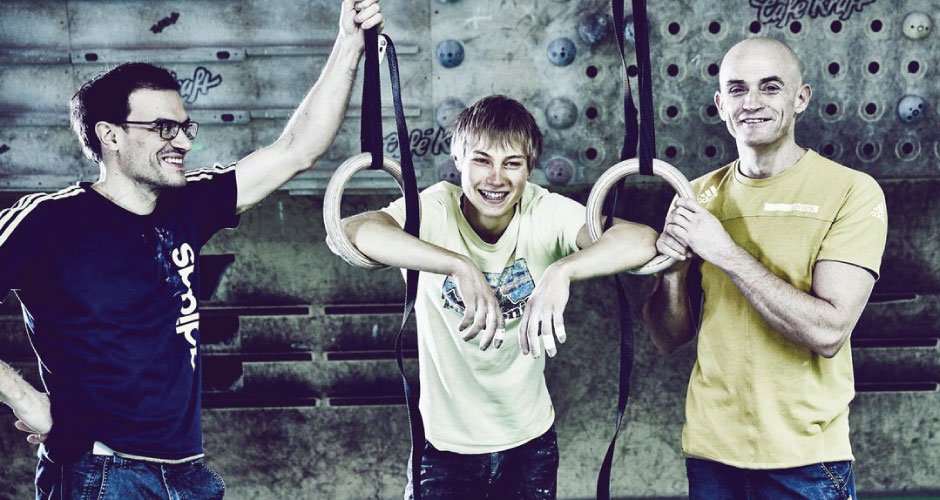KletterRetter Blog
Complex / functional strength training
Complex / functional strength training is a method in which we don’t just train individual muscles in isolation, but rather incorporate as much of the respective muscle group into our training as possible. Climbing involves highly complex forms of movement, so the workouts should also be complex!
Muscle slings are muscle groups that essentially responsible for an efficient course of movement. When climbing, your upper extremity flexor slings are used in their full range of motion.
It makes more sense to perform strength exercises with only your own body weight, rather than with resistance or strength training equipment, because your own body weight acts as resistance when climbing and our ultimate goal is to improve our climbing performance.
As the well-noted training scientists Zaztsiorsky & Krämer said in 2008: “The main limitation of many strength training machines is that they are designed to train muscles, not movements.” And as we all know, big, thick upper arms do not necessarily lead to better climbing.
For rehab after injuries or before the swimming pool season, we consider them suitable, albeit limited.
Since complex / functional strength exercises with your own body have a high degree of freedom, they offer a better transfer to climbing, where the degree of freedom of the movements is almost unlimited.
The shoulder is the most flexible, but unfortunately also the most unstable joint in the human musculoskeletal system. Unlike most other joints, stability is not guaranteed primarily by the bones, but by ligaments and the muscular system.
With complex joint muscle systems such as the shoulder and its multitude of tendons, ligaments and muscles, it is important that you use complex / functional exercises to train it, because isolated exercises can only ineffectively train a small part of the entire system. Shoulders play a major role in climbing, so they should be strengthened, even at an early stage, by appropriate training.
In some of our complex / functional strength exercises, moving elements such as gym rings, sling trainers or gym balls can be used to bring another, not to be underestimated, factor into play, known as proprioceptive training. This involves training parts of the muscles that you can not consciously control because they are controlled by certain impulses, e.g. balancing movements when stabilizing the body during push-ups in the rings.
This method is used in other sports (e.g. handball, football) and is from our point of view very important for the long-term health of adolescent climbers.

The fun factor in training with elements should not be underestimated! When training with a group of youth athletes, our experience has always been to enrich the workouts by incorporating a few of these exercises, since elements such as the rings are highly enticing and you can playfully try out a variety of exercises and then do them can still combine with each other (rings sling trainer, rings ball, etc.).
Professor Schöffl reports that climbers with shoulder injuries have become younger and younger in recent years. Although the majority of climbers who are treated with the typical injuries such as slap lesion, biceps tendon rupture or impingement syndrome (degeneration or rotator cuff injury, as the most frequent causes), are often already adults whose injuries were onset in early years. Increasing your training intensity too quickly without appropriate compensation training is often the cause.
More information and exercises can be found in the GimmeKraft books:



